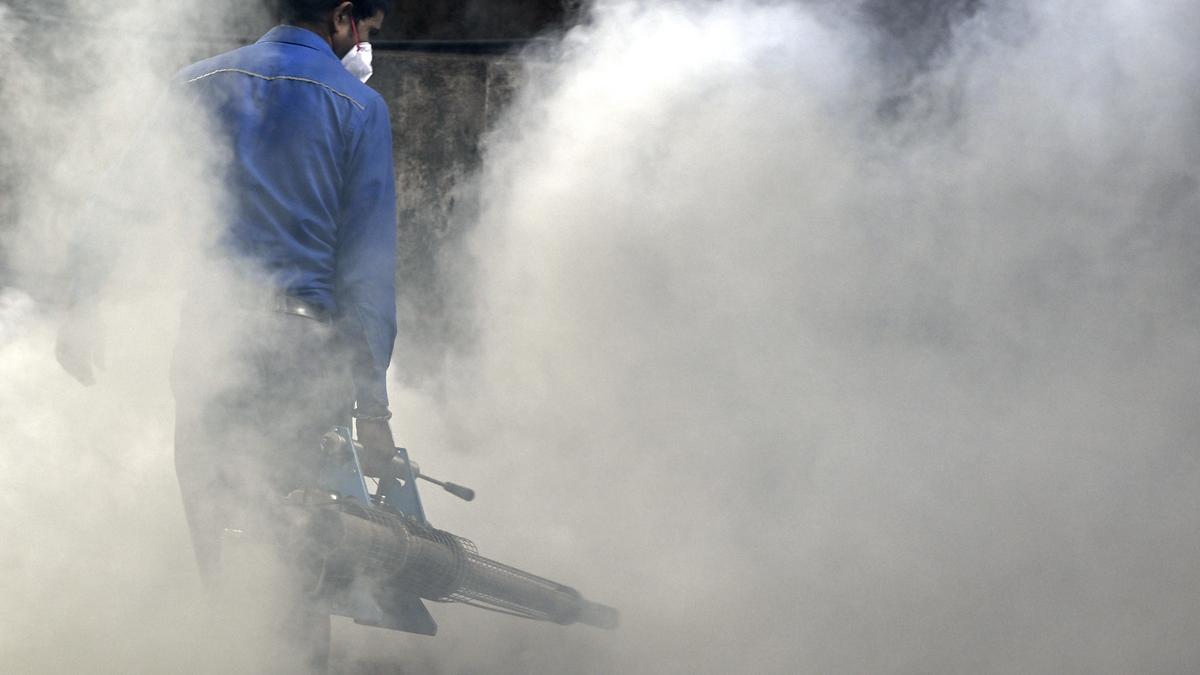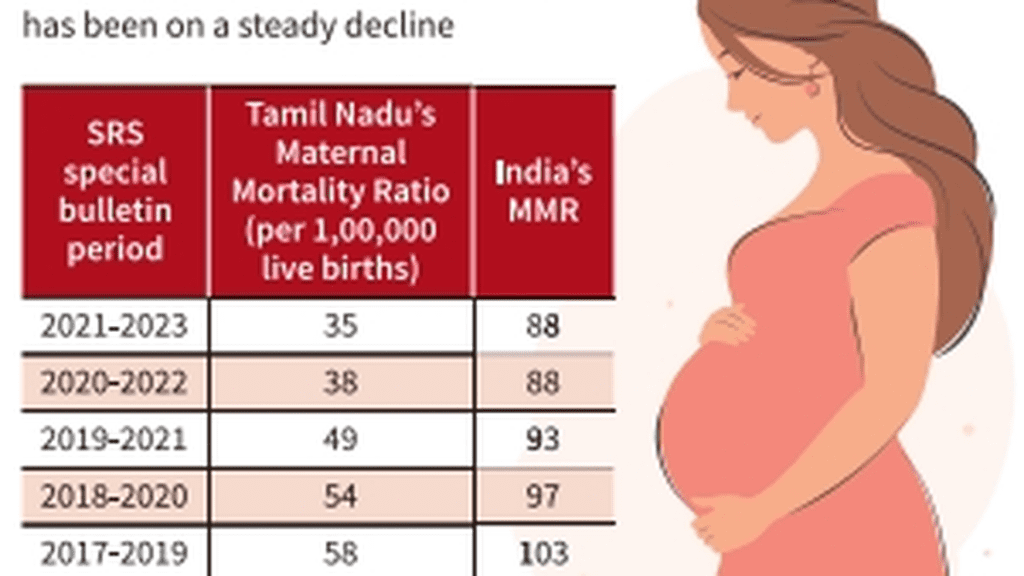Dengue early warning system predicts risk two months in advance Premium

Dengue early warning system predicts risk two months in advance Premium
A study that looked at dengue deaths and meteorological conditions in Pune during the period 2004 to 2015 using both statistical tools and machine learning methods found that temperature, rainfall, and relative humidity were associated with increased dengue deaths due to increased cases of dengue. Importantly, the study showed that Pune had a time lag of two to five months between favourable weather conditions and dengue deaths, thus providing sufficient lead time to curb dengue outbreaks and thereby deaths. Results of the study led by researchers from Pune’s Indian Institute of Tropical Meteorology were published in the journal Scientific Reports.
The study found that moderate rainfall spread over the entire duration of the summer monsoon season was associated with increased dengue deaths in Pune compared with heavy or extreme rainfall. Unlike when the weekly cumulative rainfall was less than 150 mm, heavy or extreme rainfall above 150 mm in a week reduces dengue incidence. This is because heavy rainfall washes away or flushes out the mosquito eggs and larvae. The association between rainfall intensity and dengue incidence is consistent with observational data.
Similarly, in the case of mean temperature, the study found that dengue deaths were higher during the years when the mean temperature in Pune was above 27 degrees C, says Dr. Roxy Mathew Koll from IITM, Pune and the corresponding author of the paper. At this mean temperature, dengue transmission in Pune was optimal as it positively affected the longevity of mosquitoes, the number of eggs deposited by each female mosquito, the number of times a mosquito laid eggs, and the time between a blood meal and laying eggs. “We find a statistically significant positive correlation between the annual dengue mortality and the number of days with optimal temperatures (above 27 degree C) during the summer monsoon season (June to September) in Pune. This temperature window is specific to Pune and maybe different for other regions,” he says.
Likewise, the years when relative humidity varied between 60% and 78% during the monsoon season was when dengue deaths were relatively higher, the study found. Relative humidity impacts hatching, survival rate, and biting frequency of adult dengue mosquitoes. According to the authors, a minimum of 60% relative humidity is required for Aedes aegypti mosquitoes to survive as low humidity kills the mosquitoes due to water evaporating from their body.
They also found that there was an association between increased dengue cases and deaths and active-break phases of the monsoon. When the summer monsoon during a particular year has fewer number of active-break days, the number of dengue cases and deaths was higher compared with those years when the number of active-break days was higher. Dr. Koll explains that it is not the cumulative amount of rainfall during the monsoon season that influences dengue transmission but the pattern of rainfall — moderate rainfall during the monsoon season with fewer active-break days. “Increased number of active-break days suggests greater variability or fluctuation in rainfall, including the number of extreme rainfall events, during low dengue years,” says Sophia Yacob from IITM, Pune and the first author of the paper. “In contrast, evenly distributed rains with fewer active-break days result in increased dengue cases.”
“We found that dengue deaths were lower during the years when rainfall during June — the first month of the summer monsoon season — was heavy,” Dr. Koll says. This is because mosquito eggs are capable of surviving the dry season up to eight months. So eggs laid after the preceding monsoon season can hatch into mosquitoes when the monsoon season begins in June. Heavy rainfall during June therefore tends to wash off the eggs laid the preceding year, thereby reducing the mosquito population and dengue-related deaths at the beginning of the monsoon season. “Rainfall intensity during June plays a significant role in determining the total number of dengue cases for the year,” he says.
Based on weather-dengue associations, the authors developed a dengue early warning system based on artificial intelligence/machine-learning to predict potential dengue outbreaks about two months in advance. The model used observed mean temperature, cumulative rainfall, and relative humidity patterns. About 41% of the model’s prediction skill is determined by mean temperature, 29% by cumulative rainfall, and 20% by relative humidity.The dengue model was also used for future projections of dengue mortality over Pune by utilising climate projections from selected models suited for the Indian monsoon region.
“In response to climatic changes, dengue mortalities over Pune are projected to increase by 12-112% in the future (2021-2100) under low-to-high emission pathways,” the authors write. “The findings of this study have significant implications for policymakers, as they provide insights into the potential impacts of climate change on dengue mortality in Pune and provide a clear pathway to extend the model to any other region.”










